Improving Calculus Curriculum in Engineering Degrees: Implementation of Technological Applications
Abstract
:1. Introduction
- How does the implementation of real and practical applications in mathematical subjects’ influence on students’ motivation?
- What are the benefits of including real and practical applications in mathematical subjects of first academic courses in technological degrees?
2. Materials and Methods
- What aspects do you assess most positively of these sessions?
- What applications have been more interesting? Why?
- How have these sessions influenced on your motivation and on your interest toward Multivariable Calculus?
- Have these sessions helped you understand mathematical concepts of the subject Multivariable Calculus? What applications? What concepts?
- After these sessions, do you consider that Mathematics are more important and essential to the development of engineering degrees? How? Why?
3. Results
3.1. Students’ Mathematical Contents
- Continuity and derivability of multivariable functions.
- Integration of multivariable functions.
- Laplace transform and Fourier series.
3.1.1. Application 1: A Gravitational Machine
3.1.2. Application 2: Euler’s Arc
3.1.3. Application 3: Crank and Connecting Rod
- one crank moving with an angle ;
- one connecting rod whose movement depends on the crank turn;
- one piston moving horizontally on an axis.
- x: piston distance to the crank turn center;
- : crank angle;
- : connecting rod angle.
3.1.4. Application 4: Articulated Arm
- a shoulder situated in the coordinates origin;
- an upper arm with length 5 and an angle from the vertical;
- an elbow situated at the end of the upper arm;
- a lower arm with length 4 and angle from the upper arm;
- a hand situated at the end of the lower arm, in the coordinates ;
- torsion motors in the articulations (the shoulder and the elbow).
3.1.5. Application 5: Electrical Dispatch
3.2. Students’ Surveys and Interviews Results
- These sessions let know real applications of mathematics in engineering, which gives more sense to the study of mathematics.
- Discovering that discontinuous phenomena produced in engineering processes can be modeled by mathematical theories increases the motivation towards the learning of mathematics.
- The use of mathematical concepts in technological applications, as they are implicit function theorem or Taylor and Fourier series, let students realize about the need of mathematics in engineering.
- Applications of Multivariable Calculus in mechanics and robotics increase the curiosity and the interest of students towards mathematical subjects.
- The real applications shown in the sessions “Applications of Multivariable Calculus in Engineering” let students realize of the usefulness of mathematics for their degree and for their future career.
- Applications studied in this seminar have been very practical and students will use them in their future profession. Learning to solve real engineering problems shows students how essential mathematical subjects are for engineers.
- Seeing how mathematics can be applied in engineering motivates to learn mathematics in order to be able to use them in the future as engineers.
- Seeing technological applications of mathematics increases the interest towards the subject.
- These applications help students understand related mathematical concepts as the implicit function theorem, the Fourier series or the calculations of maximums and minimums in functions defined in compact sets.
- Interesting applications: Zeeman machine solved with Thom’s catastrophes theory and Taylor series and the crank/connecting rod system of explosion motors using the implicit function theorem.
- It has been very impressive knowing no technological applications of Thom’s catastrophes, such as the analysis of dogs’ behavior and sociological applications.
- Students knew that mathematics were necessary for engineering but, attending this seminar, they have discovered that mathematics are also necessary for other different disciplines.
- Mathematics are not subjects to prepare students for beginning the degree, mathematics are applications in the future work of engineers.
4. Discussion
5. Conclusions
Author Contributions
Funding
Institutional Review Board Statement
Informed Consent Statement
Data Availability Statement
Acknowledgments
Conflicts of Interest
References
- Joyce, A. Stimulating interest in STEM careers among students in Europe: Supporting career choice and giving a more realistic view of STEM at work. European Schoolnet Brussels. 2014. Available online: https://www.educationandemployers.org/wp-content/uploads/2014/06/joyce_-_stimulating_interest_in_stem_careers_among_students_in_europe.pdf (accessed on 29 October 2021).
- Marra, R.M.; Rodgers, K.A.; Shen, D.; Bogue, B. Leaving Engineering: A Multi-Year Single Institution Study. J. Eng. Educ. 2012, 101, 6–27. [Google Scholar] [CrossRef]
- Caprile, M. Encouraging STEM studies Labour Market Situation and Comparison of Practices Targeted at Young People in Different Member States. Policy Dep. A 2015, 12. Available online: https://www.europarl.europa.eu/RegData/etudes/STUD/2015/542199/IPOL_STU (accessed on 29 October 2021).
- Vennix, J.; Brok, P.D.; Taconis, R. Do outreach activities in secondary STEM education motivate students and improve their attitudes towards STEM? Int. J. Sci. Educ. 2018, 40, 1263–1283. [Google Scholar] [CrossRef] [Green Version]
- Timms, M.; Moyle, K.; Weldon, P.; Mitchell, P. Challenges in STEM Learning in Australian Schools. Policy Insights. May 2018. Available online: https://research.acer.edu.au/policyinsights/7 (accessed on 9 August 2021).
- Fadzil, H.M.; Saat, R.M.; Awang, K.; Adli, D.S.H. Students’ Perception of Learning Stem-Related Subjects through Scientist-Teacher-Student Partnership (STSP). J. Balt. Sci. Educ. 2019, 18, 537–548. [Google Scholar] [CrossRef] [Green Version]
- Ministerio de Universidades. Datos y Cifras del Sistema Universitario Español; Ministerio de Universidades: Madrid, Spain, 2021.
- Bradburn, E.; Washington, D. Short-Term Enrollment in Postsecondary Education: Student Background and Institutional Differences in Reasons for Early Departure; U.S. Department of Education, Institute of Education for Education Statistics: Washington, DC, USA, 2002. [Google Scholar]
- Zumbrunn, S.; McKim, C.; Buhs, E.S.; Hawley, L.R. Support, belonging, motivation, and engagement in the college classroom: A mixed method study. Instr. Sci. 2014, 42, 661–684. [Google Scholar] [CrossRef]
- Lopez, D. Using Service Learning for Improving Student Attraction and Engagement in STEM Studies. Eduction Excell. Sustain. 2017, 28, 1053–1060. [Google Scholar]
- Wilson, D.; Jones, D.; Bocell, F.; Crawford, J.; Kim, M.J.; Veilleux, N.; Floyd-Smith, T.; Bates, R.; Plett, M. Belonging and Academic Engagement Among Undergraduate STEM Students: A Multi-institutional Study. Res. High. Educ. 2015, 56, 750–776. [Google Scholar] [CrossRef]
- Kuh, G.D.; Cruce, T.M.; Shoup, R.; Kinzie, J.; Gonyea, R.M. Unmasking the Effects of Student Engagement on First-Year College Grades and Persistence. J. High. Educ. 2016, 79, 540–563. [Google Scholar] [CrossRef]
- Tinto, V. Dropout from Higher Education: A Theoretical Synthesis of Recent Research. Rev. Educ. Res. 1975, 45, 89. [Google Scholar] [CrossRef]
- Gasiewski, J.A.; Eagan, K.; Garcia, G.A.; Hurtado, S.; Chang, M.J. From Gatekeeping to Engagement: A Multicontextual, Mixed Method Study of Student Academic Engagement in Introductory STEM Courses. Res. High. Educ. 2011, 53, 229–261. [Google Scholar] [CrossRef] [Green Version]
- Pantziara, M.; Philippou, G.N. Students’ Motivation in the Mathematics Classroom. Revealing Causes and Consequences. Int. J. Sci. Math. Educ. 2014, 13, 385–411. [Google Scholar] [CrossRef]
- Ng, B.L.L.; Liu, W.C.; Wang, J. Student Motivation and Learning in Mathematics and Science: A Cluster Analysis. Int. J. Sci. Math. Educ. 2015, 14, 1359–1376. [Google Scholar] [CrossRef]
- Handelsman, M.M.; Briggs, W.L.; Sullivan, N.; Towler, A. A Measure of College Student Course Engagement. J. Educ. Res. 2005, 98. [Google Scholar] [CrossRef]
- Floyd-Smith, T.; Wilson, D.; Campbell, R.; Bates, R.; Jones, D.; Peter, D.; Plett, M.; Scott, E.; Veilleux, N. A Multi Institutional Study of Connection, Community and engagement in Stem Education: Conceptual Model Development. In Proceedings of the ASEE (American Society for Engineering Education) Conference, Arlington, VA, USA, 20 June 2020. [Google Scholar]
- Bahamonde, A.D.C.; Aymemí, J.M.F.; Urgellés, J.V.G.I. Mathematical modelling and the learning trajectory: Tools to support the teaching of linear algebra. Int. J. Math. Educ. Sci. Technol. 2016, 48, 1–15. [Google Scholar] [CrossRef]
- Kandamby, T. Enhancement of learning through field study. JOTSE 2018, 8, 408–419. Available online: https://dialnet.unirioja.es/servlet/articulo?codigo=6623129&info=resumen&idioma=ENG (accessed on 5 August 2021). [CrossRef] [Green Version]
- Doerr, H.M. What Knowledge Do Teachers Need for Teaching Mathematics through Applications and Modelling? In Modelling and Applications in Mathematics Education; Springer: Boston, MA, USA, 2007; pp. 69–78. [Google Scholar] [CrossRef]
- Chalmers, C.; Carter, M.; Cooper, T.; Nason, R. Implementing “Big Ideas” to Advance the Teaching and Learning of Science, Technology, Engineering, and Mathematics (STEM). Int. J. Sci. Math. Educ. 2017, 15, 25–43. [Google Scholar] [CrossRef] [Green Version]
- Fan, S.-C.; Yu, K.-C.; Lin, K.-Y. A Framework for Implementing an Engineering-Focused STEM Curriculum. Int. J. Sci. Math. Educ. 2020, 19, 1523–1541. [Google Scholar] [CrossRef]
- Perdigones, A.; Gallego, E.; García, N.; Fernández, P.; Pérez-Martín, E.; del Cerro, J. Physics and Mathematics in the Engineering Curriculum: Correlation with Applied Subjects. Int. J. Eng. Educ. 2014, 30, 1509–1521. [Google Scholar]
- Freeman, S.; Eddy, S.L.; McDonough, M.; Smith, M.K.; Okoroafor, N.; Jordt, H.; Wenderoth, M.P. Active learning increases student performance in science, engineering, and mathematics. Proc. Natl. Acad. Sci. USA 2014, 111, 8410–8415. [Google Scholar] [CrossRef] [Green Version]
- Borda, E.; Schumacher, E.; Hanley, D.; Geary, E.; Warren, S.; Ipsen, C.; Stredicke, L. Initial implementation of active learning strategies in large, lecture STEM courses: Lessons learned from a multi-institutional, interdisciplinary STEM faculty development program. Int. J. STEM Educ. 2020, 7, 1–18. [Google Scholar] [CrossRef]
- Loyens, S.M.M.; Magda, J.; Rikers, R. Self-Directed Learning in Problem-Based Learning and its Relationships with Self-Regulated Learning. Educ. Psychol. Rev. 2008, 20, 411–427. [Google Scholar] [CrossRef] [Green Version]
- Cetin, Y.; Mirasyedioglu, S.; Cakiroglu, E. An Inquiry into the Underlying Reasons for the Impact of Technology Enhanced Problem-Based Learning Activities on Students’ Attitudes and Achievement. Eurasian J. Educ. Res. 2019, 19, 1–18. [Google Scholar] [CrossRef] [Green Version]
- Mallart, A.; Font, V.; Diez, J. Case Study on Mathematics Pre-service Teachers’ Difficulties in Problem Posing. Eurasia J. Math. Sci. Technol. Educ. 2018, 14, 1465–1481. [Google Scholar] [CrossRef]
- Darhim, D.; Prabawanto, S.; Susilo, B.E. The Effect of Problem-based Learning and Mathematical Problem Posing in Improving Student’s Critical Thinking Skills. Int. J. Instr. 2020, 13, 103–116. [Google Scholar] [CrossRef]
- Passow, H.J. Which ABET Competencies Do Engineering Graduates Find Most Important in their Work? J. Eng. Educ. 2012, 101, 95–118. [Google Scholar] [CrossRef]
- López-Díaz, M.; Peña, M. Contextualization of basic sciences in technological degrees. FIE2020-Front. Educ. 2020, 1–5. Available online: https://upcommons.upc.edu/handle/2117/334379 (accessed on 29 October 2021).
- Lacuesta, R.; Palacios, G.; Fernandez, L. Active learning through problem based learning methodology in engineering education. In Proceedings of the 2009 39th IEEE Frontiers in Education Conference, San Antonio, TX, USA, 18 October 2009; pp. 1–6. [Google Scholar] [CrossRef]
- Chen, J.; Kolmos, A.; Du, X. Forms of implementation and challenges of PBL in engineering education: A review of literature. Eur. J. Eng. Educ. 2020, 46, 90–115. [Google Scholar] [CrossRef]
- Chávez, D.A.; Sánchez, V.M.G.; Vargas, A.C. Problem-based learning: Effects on academic performance and perceptions of engineering students in computer sciences. JOTSE 2020, 10, 306–328. Available online: https://dialnet.unirioja.es/servlet/articulo?codigo=7641626&info=resumen&idioma=ENG (accessed on 5 August 2021).
- López-Díaz, M.; Peña, M. Mathematics Training in Engineering Degrees: An Intervention from Teaching Staff to Students. Mathematics 2021, 9, 1475. [Google Scholar] [CrossRef]
- Kertil, M.; Gurel, C. Mathematical Modeling: A Bridge to STEM Education. Int. J. Educ. Math. Sci. Technol. 2016, 4, 44. [Google Scholar] [CrossRef]
- Yıldırım, B.; Sidekli, S. Stem applications in mathematics education: The effect of stem applications on different dependent variables. J. Balt. Sci. Educ. 2018, 17, 200–214. [Google Scholar] [CrossRef]
- Kumar, S.; Jalkio, J.A. Teaching Mathematics from an Applications Perspective. J. Eng. Educ. 1999, 88, 275–279. [Google Scholar] [CrossRef] [Green Version]
- Van Der Wal, N.J.; Bakker, A.; Drijvers, P. Which Techno-mathematical Literacies Are Essential for Future Engineers? Int. J. Sci. Math. Educ. 2017, 15, 87–104. [Google Scholar] [CrossRef] [Green Version]
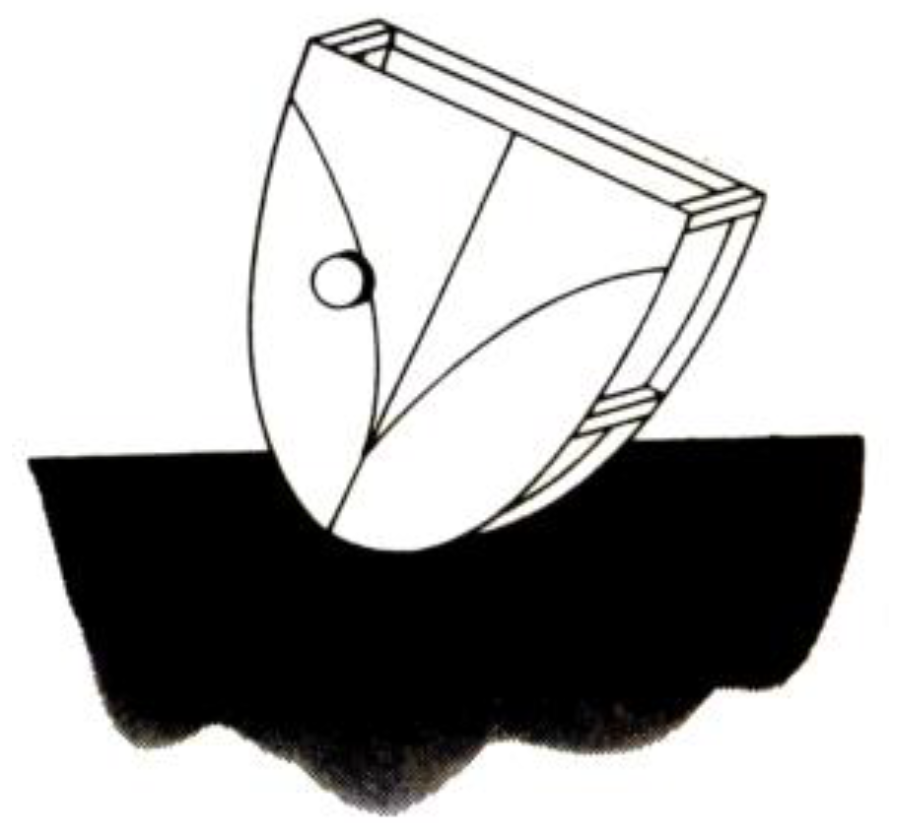
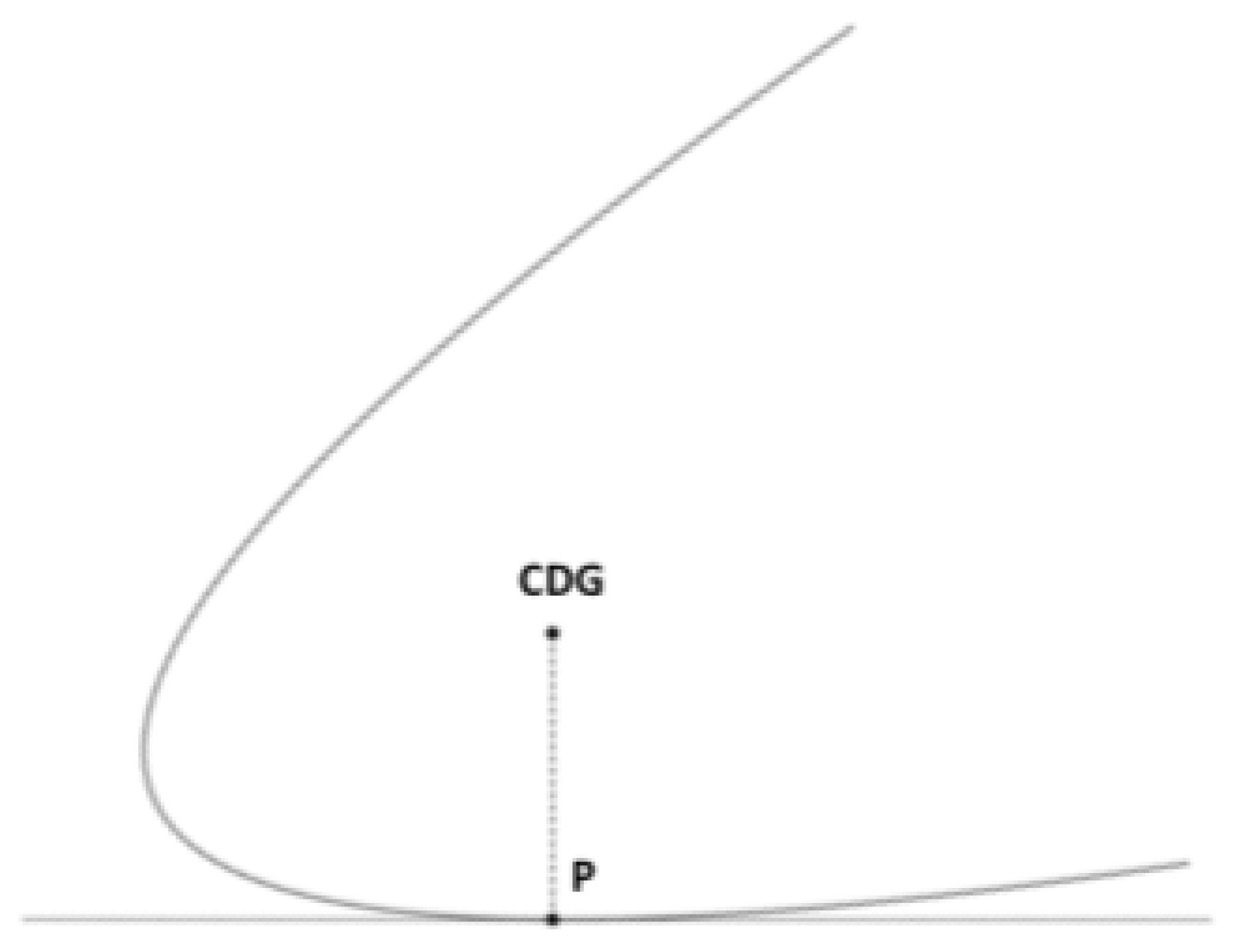

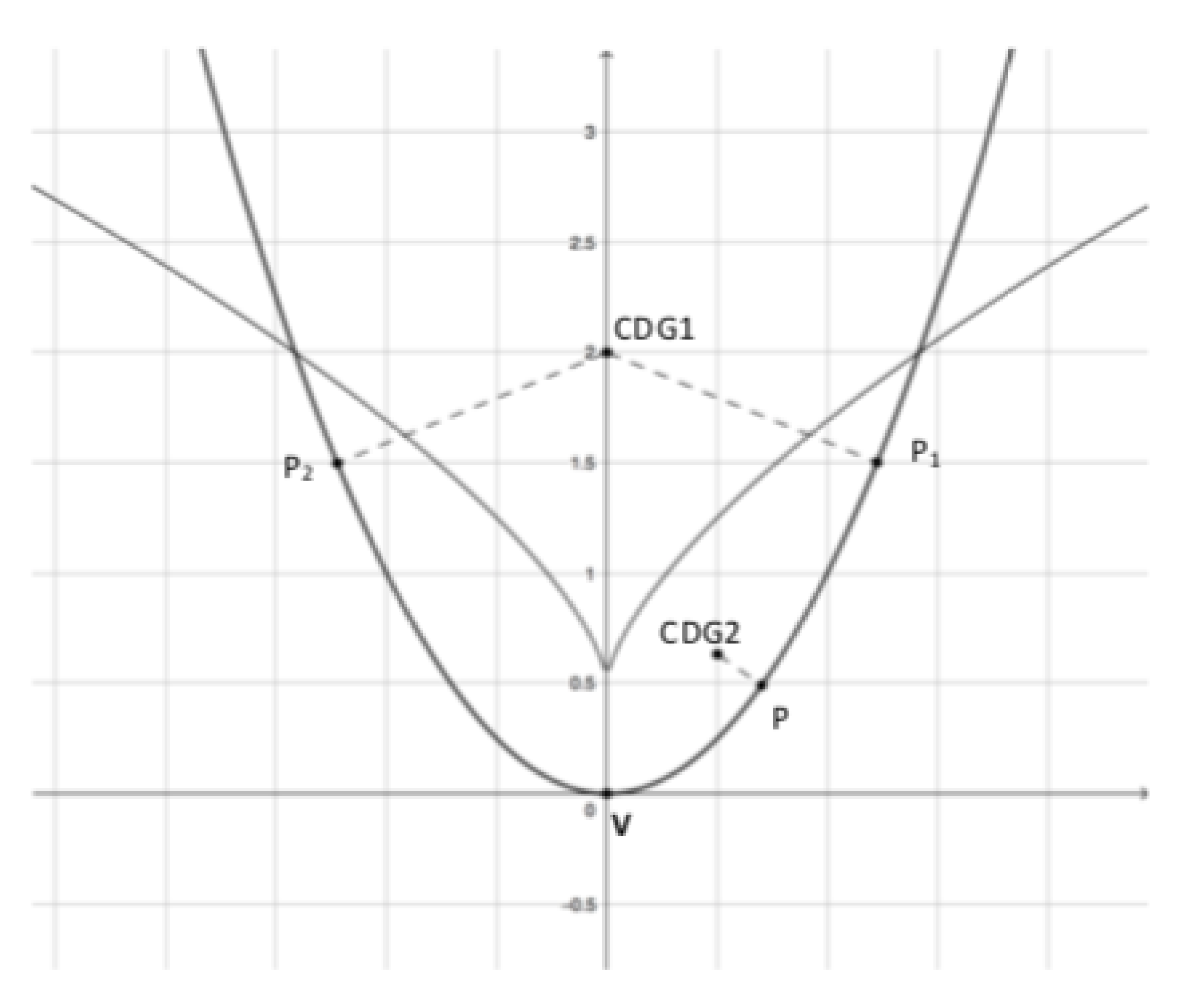
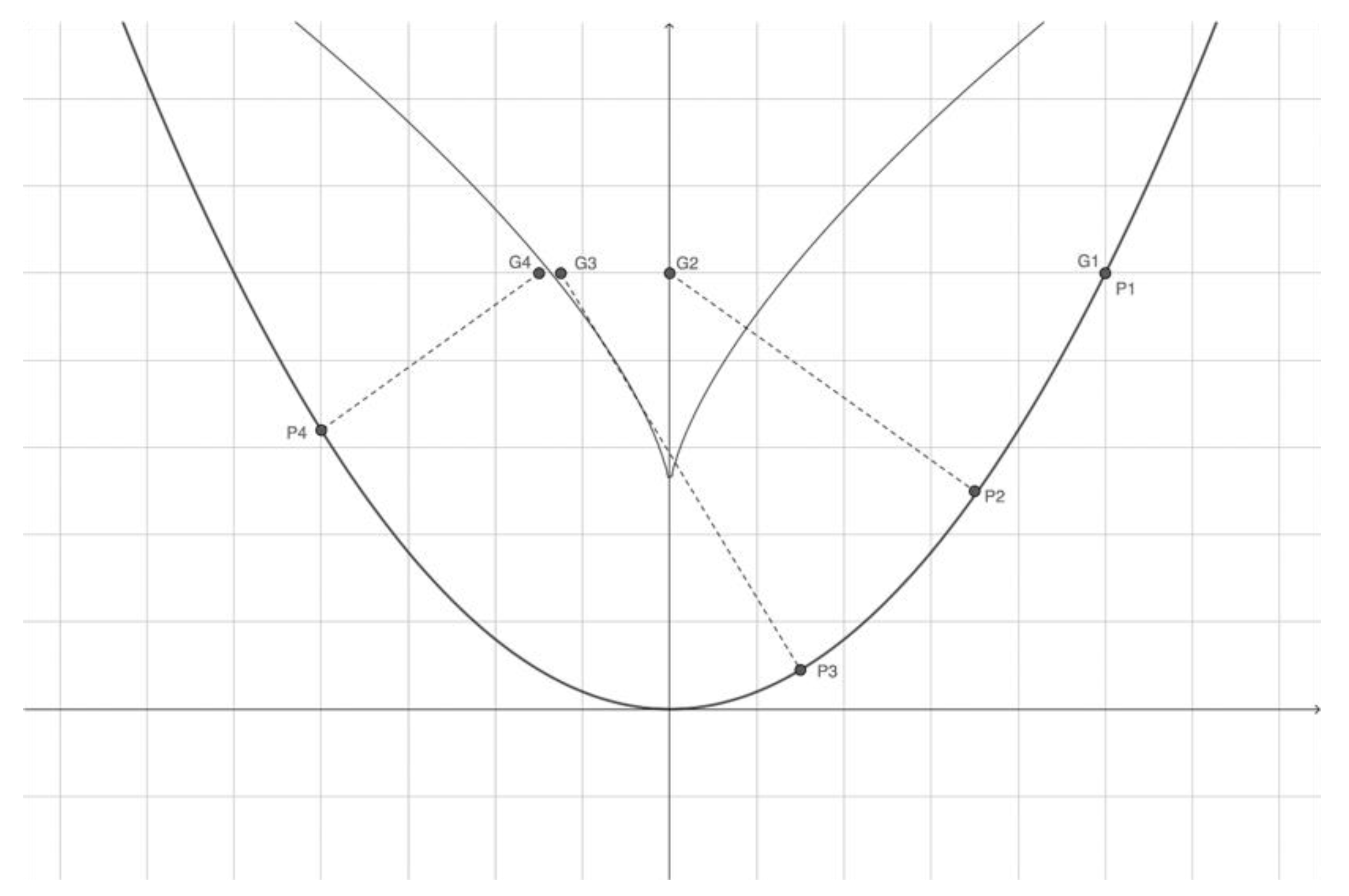
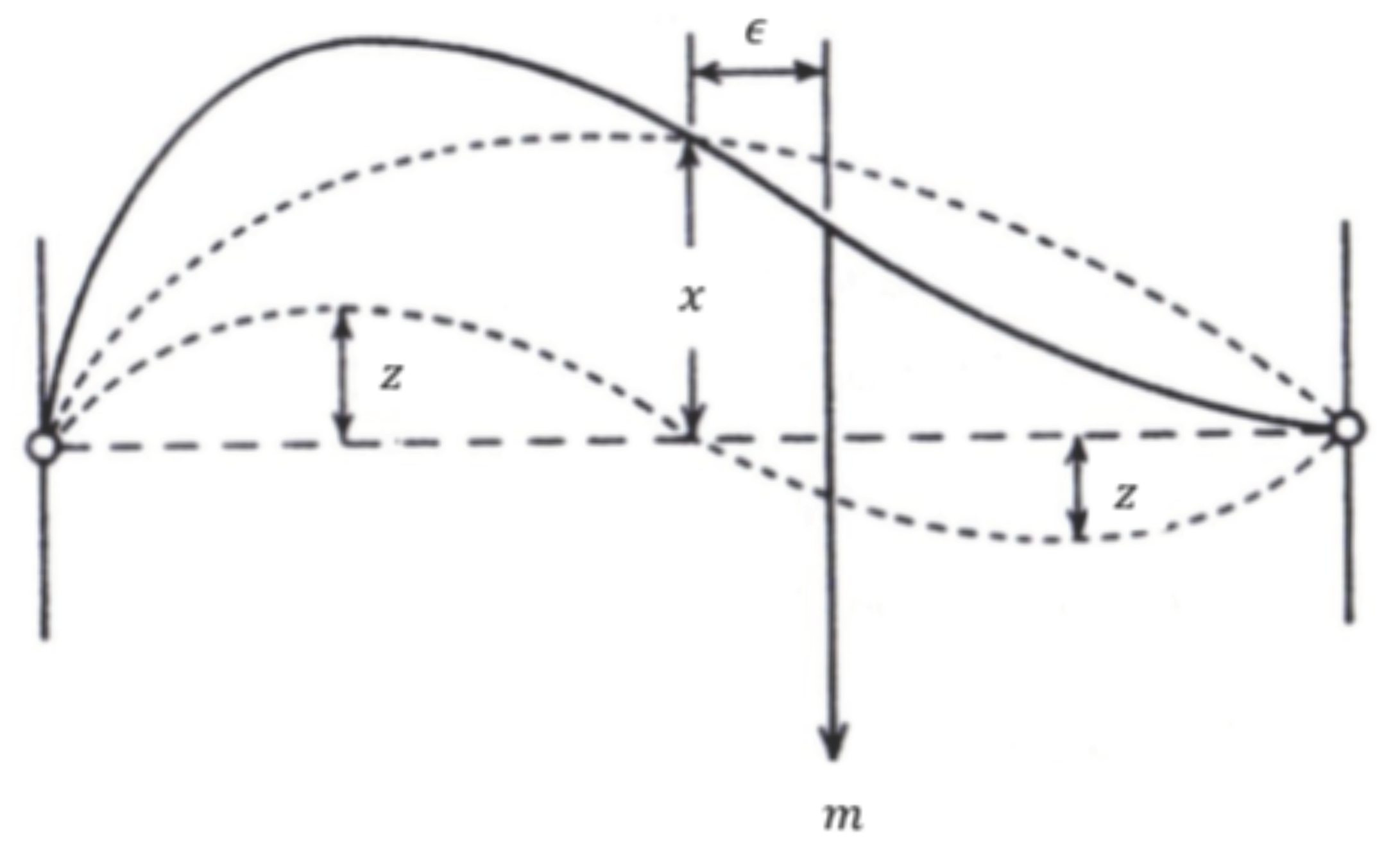


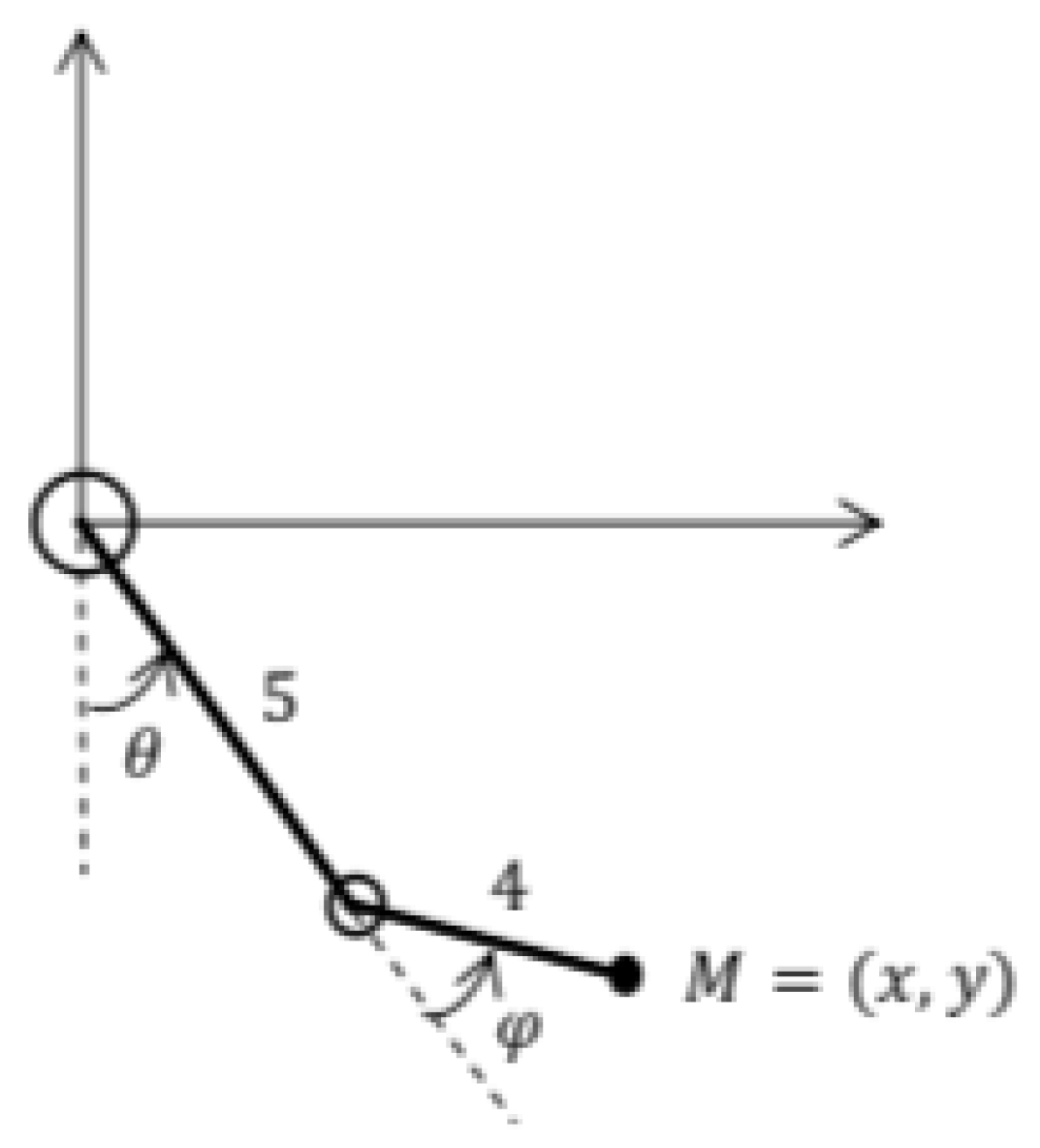
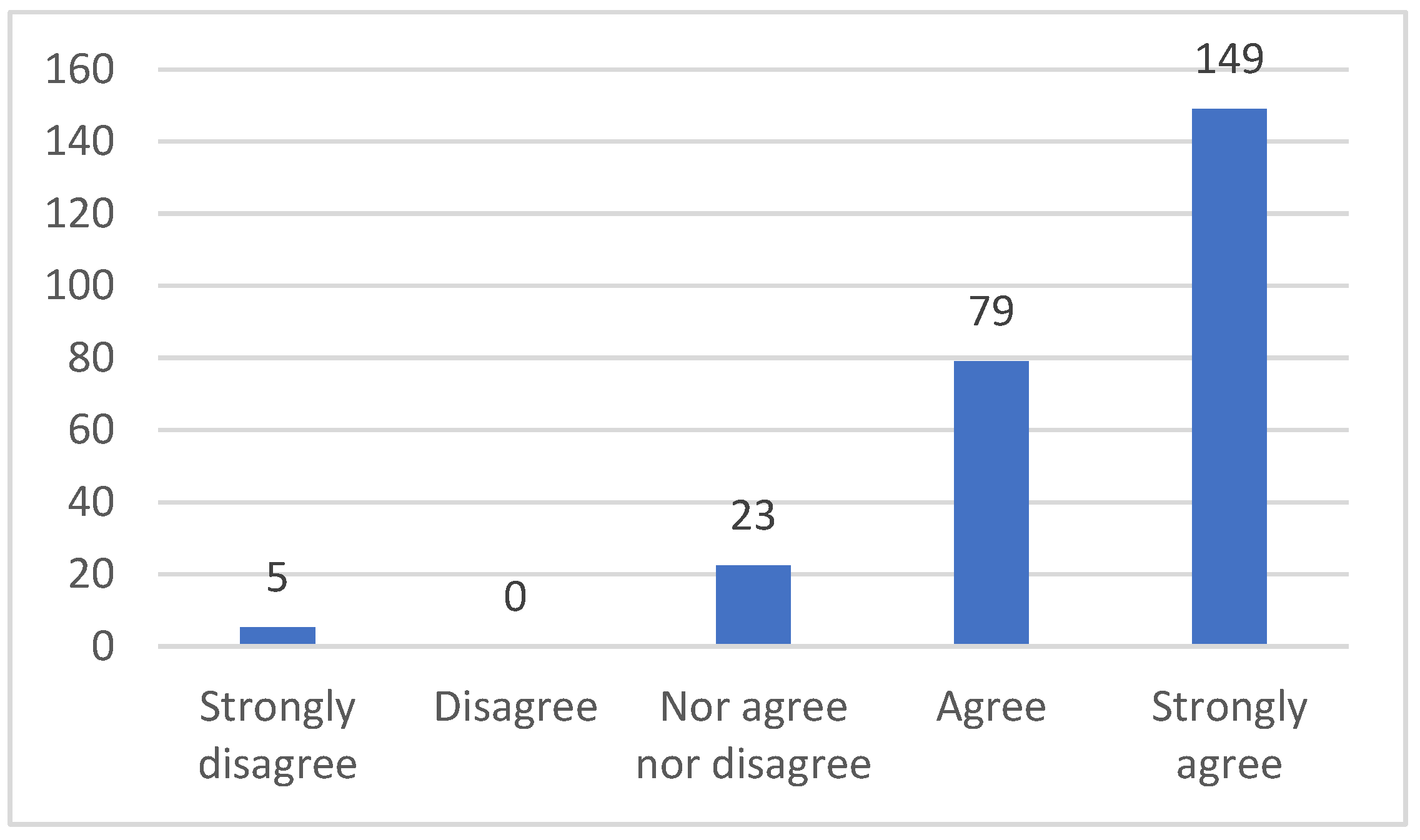
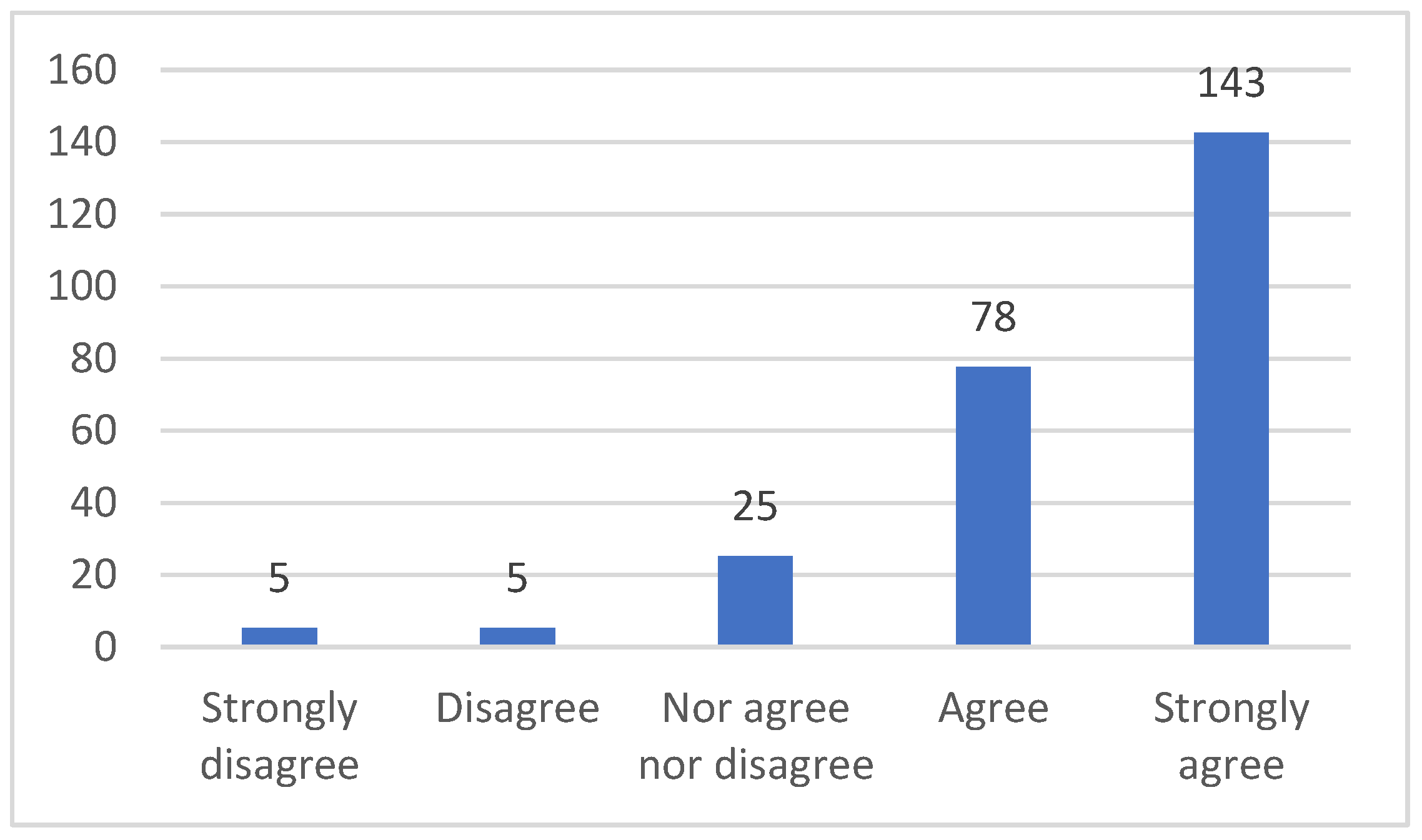
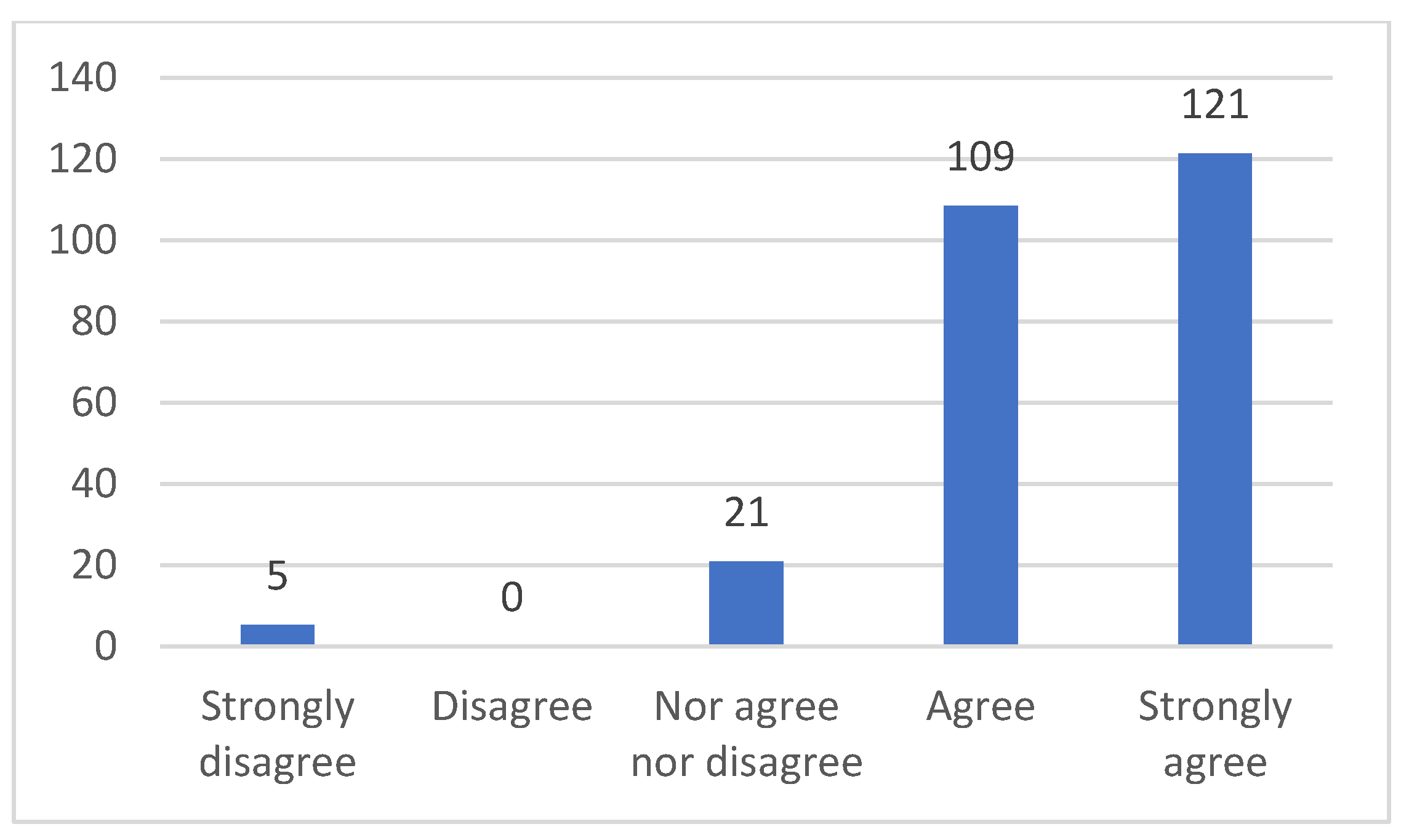
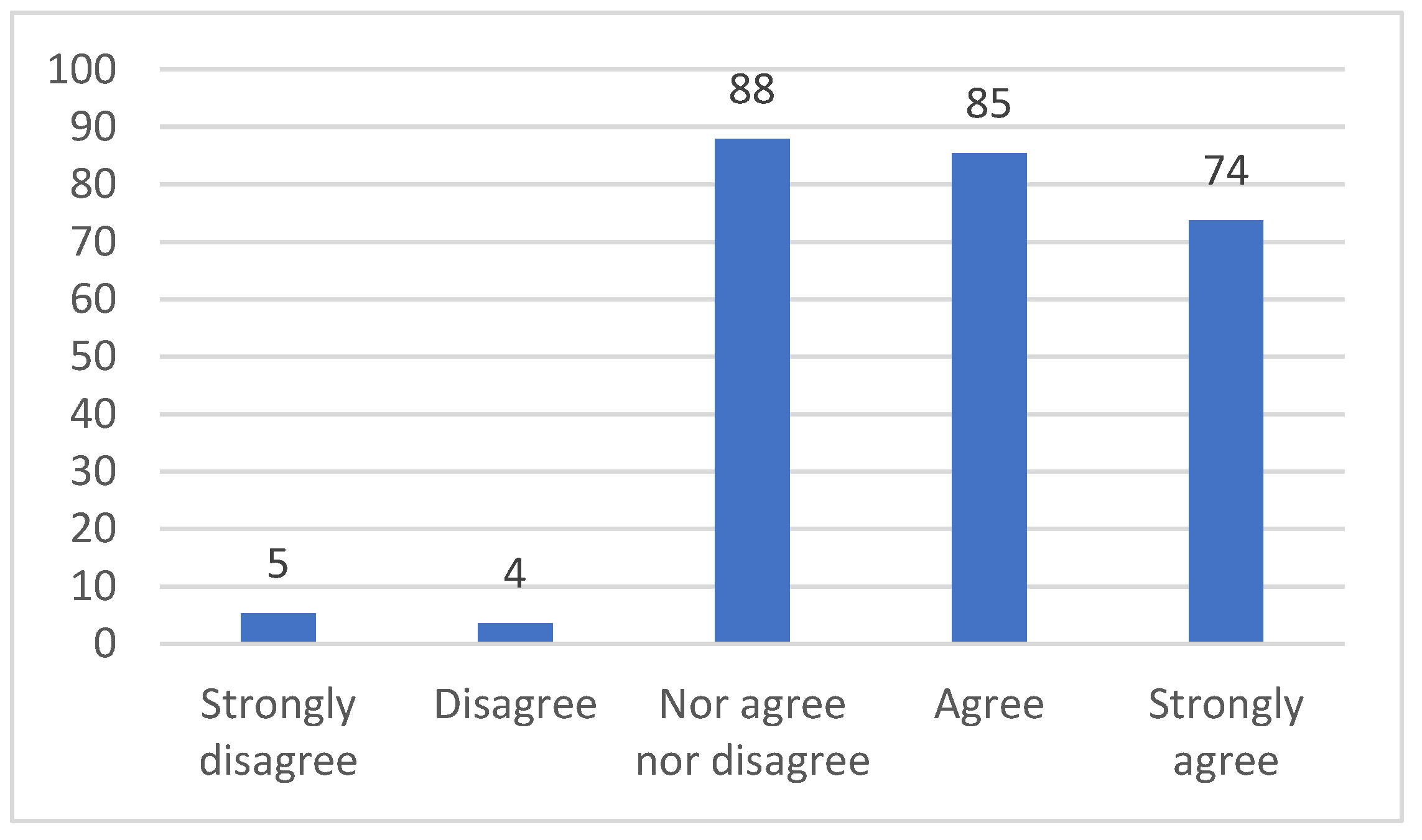
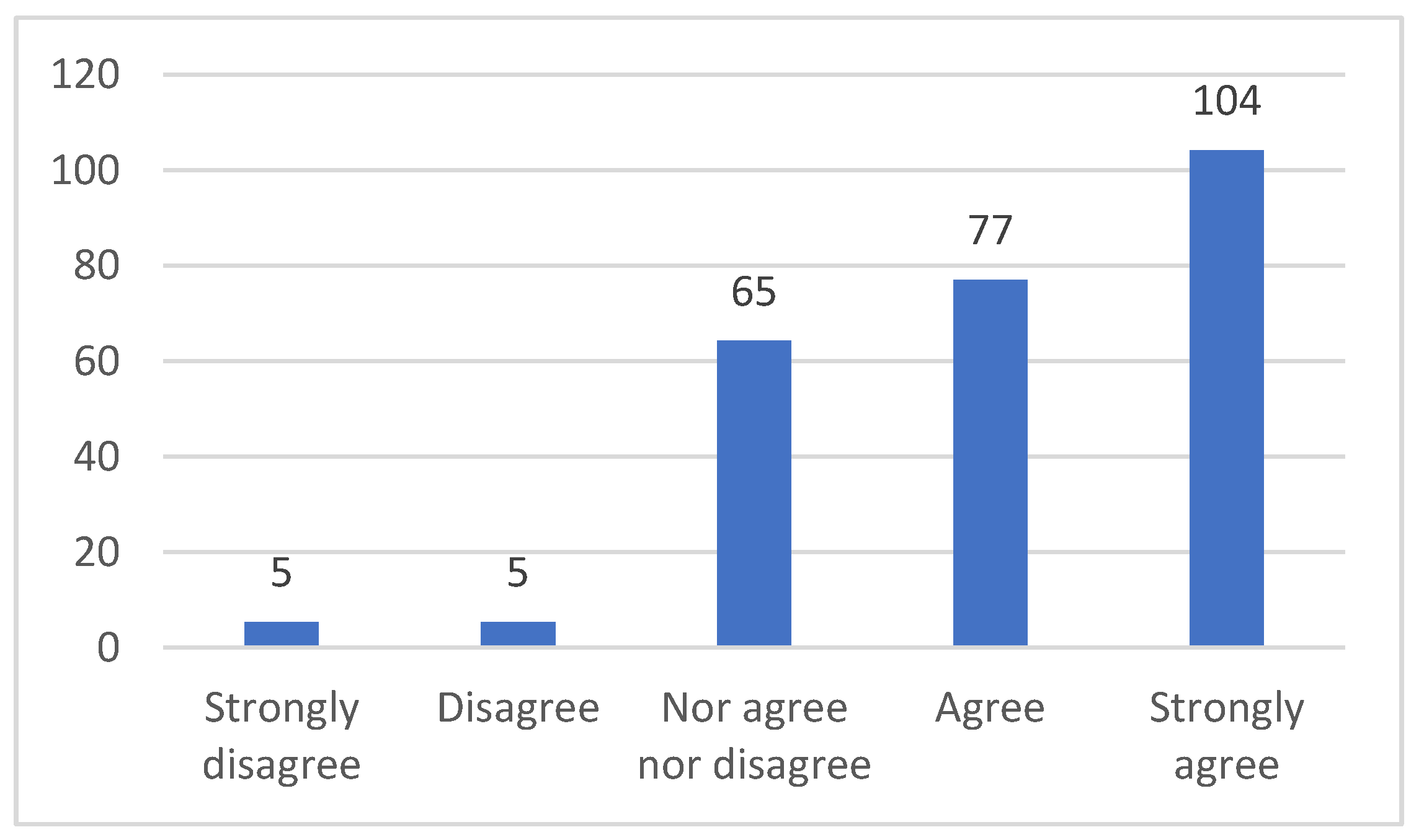
| Session | Title |
|---|---|
| 1 | “Discontinuous phenomena: hysteresis, caustics” |
| 2 | “Thom’s catastrophes” |
| 3 | “Taylor and Fourier series” |
| 4 | “Chain, implicit and inverse theorems” |
| 5 | “Inverse kinetics” |
| 6 | “Kinematics of mechanisms with links” |
| 7 | “Optimization” |
| 8 | “Miscellany” |
Publisher’s Note: MDPI stays neutral with regard to jurisdictional claims in published maps and institutional affiliations. |
© 2022 by the authors. Licensee MDPI, Basel, Switzerland. This article is an open access article distributed under the terms and conditions of the Creative Commons Attribution (CC BY) license (https://creativecommons.org/licenses/by/4.0/).
Share and Cite
López-Díaz, M.T.; Peña, M. Improving Calculus Curriculum in Engineering Degrees: Implementation of Technological Applications. Mathematics 2022, 10, 341. https://doi.org/10.3390/math10030341
López-Díaz MT, Peña M. Improving Calculus Curriculum in Engineering Degrees: Implementation of Technological Applications. Mathematics. 2022; 10(3):341. https://doi.org/10.3390/math10030341
Chicago/Turabian StyleLópez-Díaz, María Teresa, and Marta Peña. 2022. "Improving Calculus Curriculum in Engineering Degrees: Implementation of Technological Applications" Mathematics 10, no. 3: 341. https://doi.org/10.3390/math10030341
APA StyleLópez-Díaz, M. T., & Peña, M. (2022). Improving Calculus Curriculum in Engineering Degrees: Implementation of Technological Applications. Mathematics, 10(3), 341. https://doi.org/10.3390/math10030341






